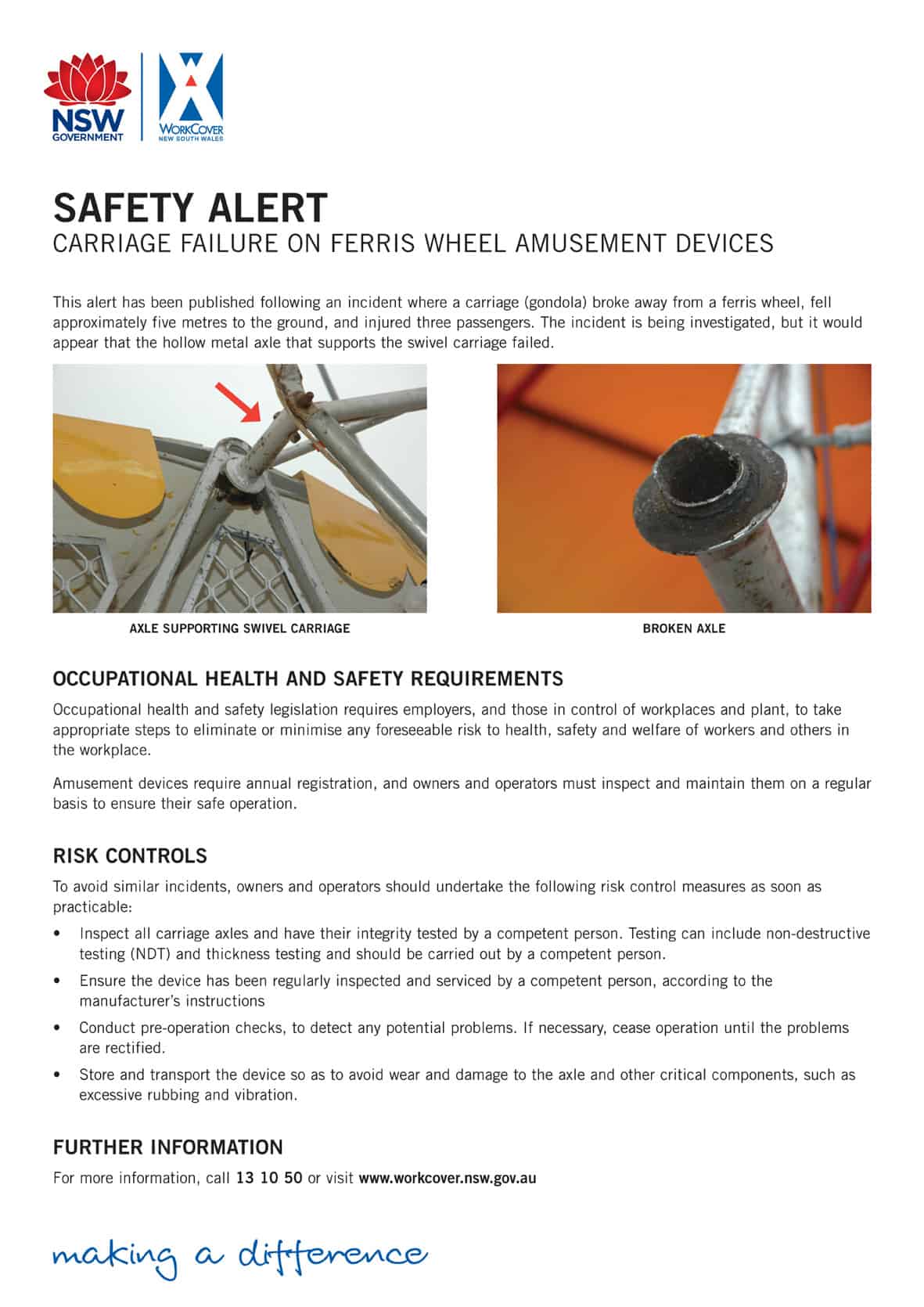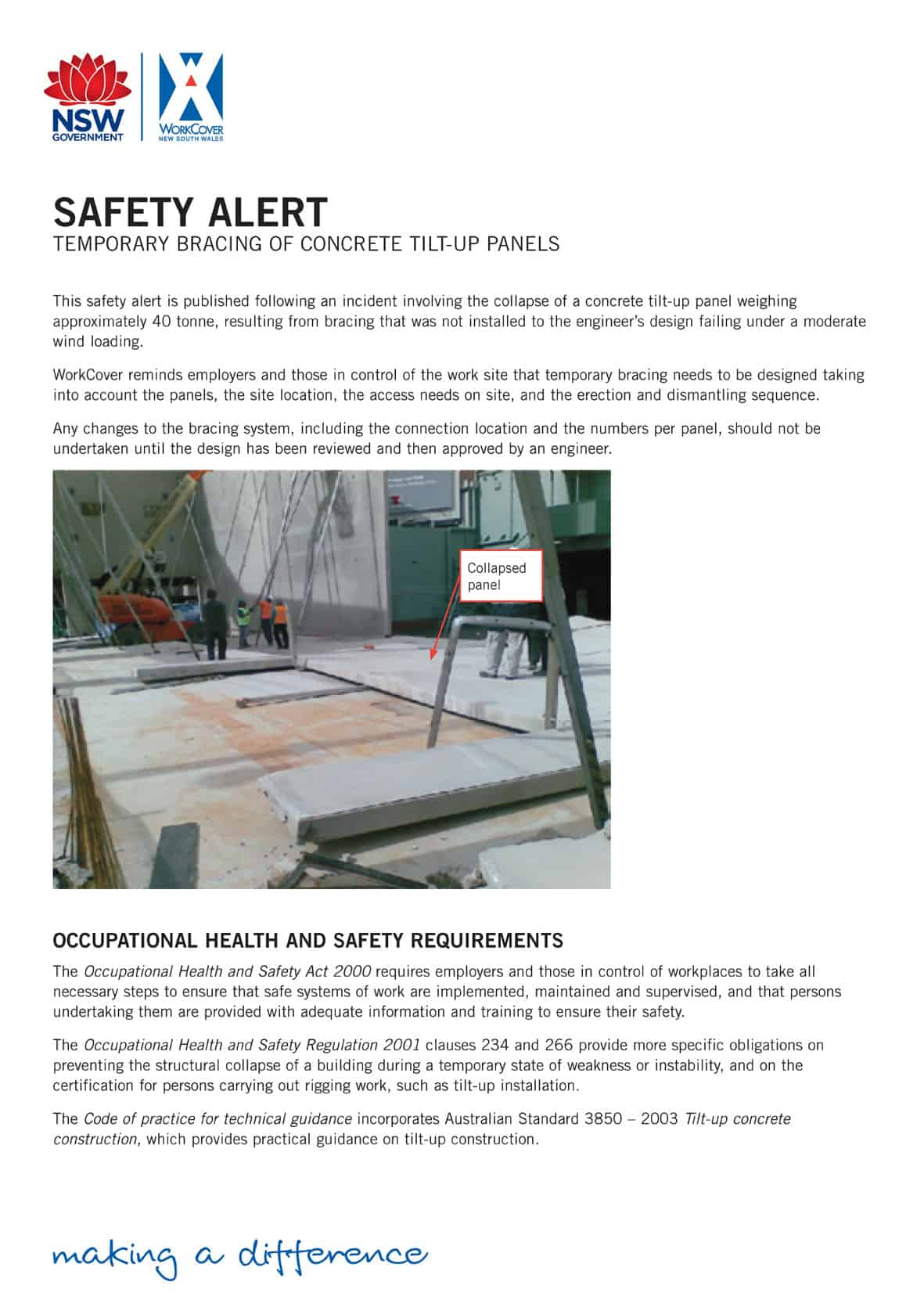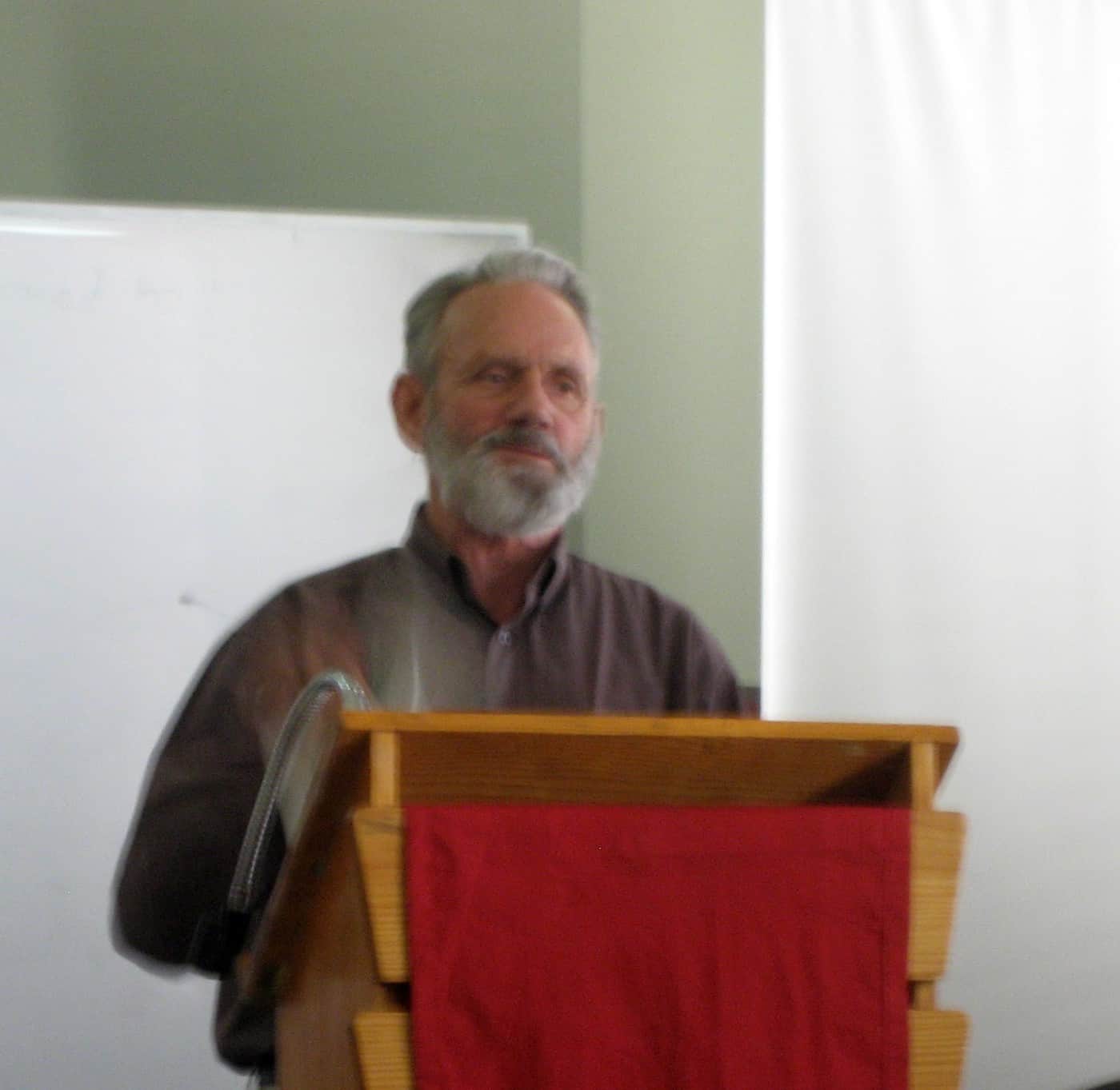SafetyAtWorkBlog asked Yossi Berger, National OHS Co-ordinator, Australian Workers’ Union, for comment on the relaunched Mesothelioma Registry. His response is below
“The only known cause of meso is exposure to asbestos. If you are diagnosed with it you have a 50% chance of surviving longer than 12 months. Any lung physician will tell you that it’s a horrible way to suffer and die. There is only one known preventative measure to meso – never be exposed to asbestos.
Whilst we know all of these facts we continue to see the numbers of meso sufferers increase – and they will continue to do so in the future. All because generations before us failed to act responsibly. They’ve left us with hundreds of thousands of tonnes of asbestos containing materials still in our workplaces and the community.
The time is well overdue to take proactive steps to get rid of asbestos once and for all. We can not go on with this crazy reactive and lazy so called ‘risk management’ mentality. If we do, other people’s children in generations to come will pay the price, and puzzle about this generation’s motives and morality.
The Tasmanian approach, with a move towards Prioritised Removal is the way to go.”









